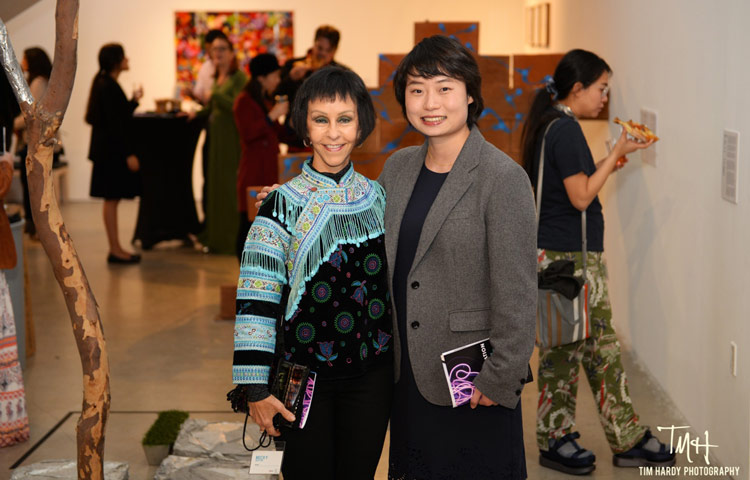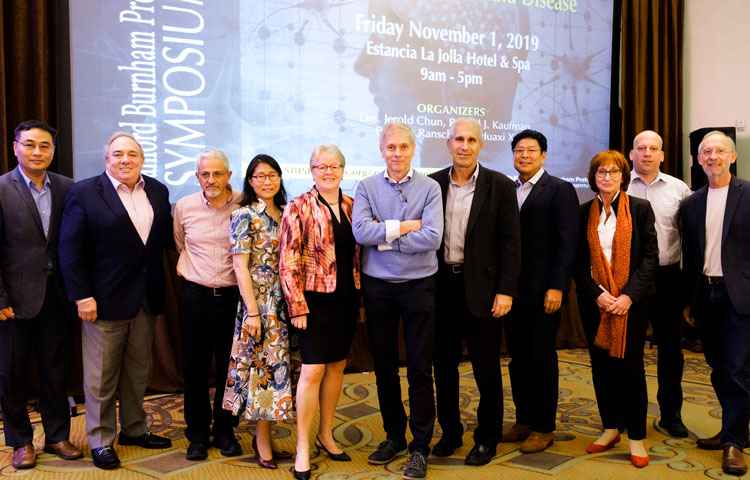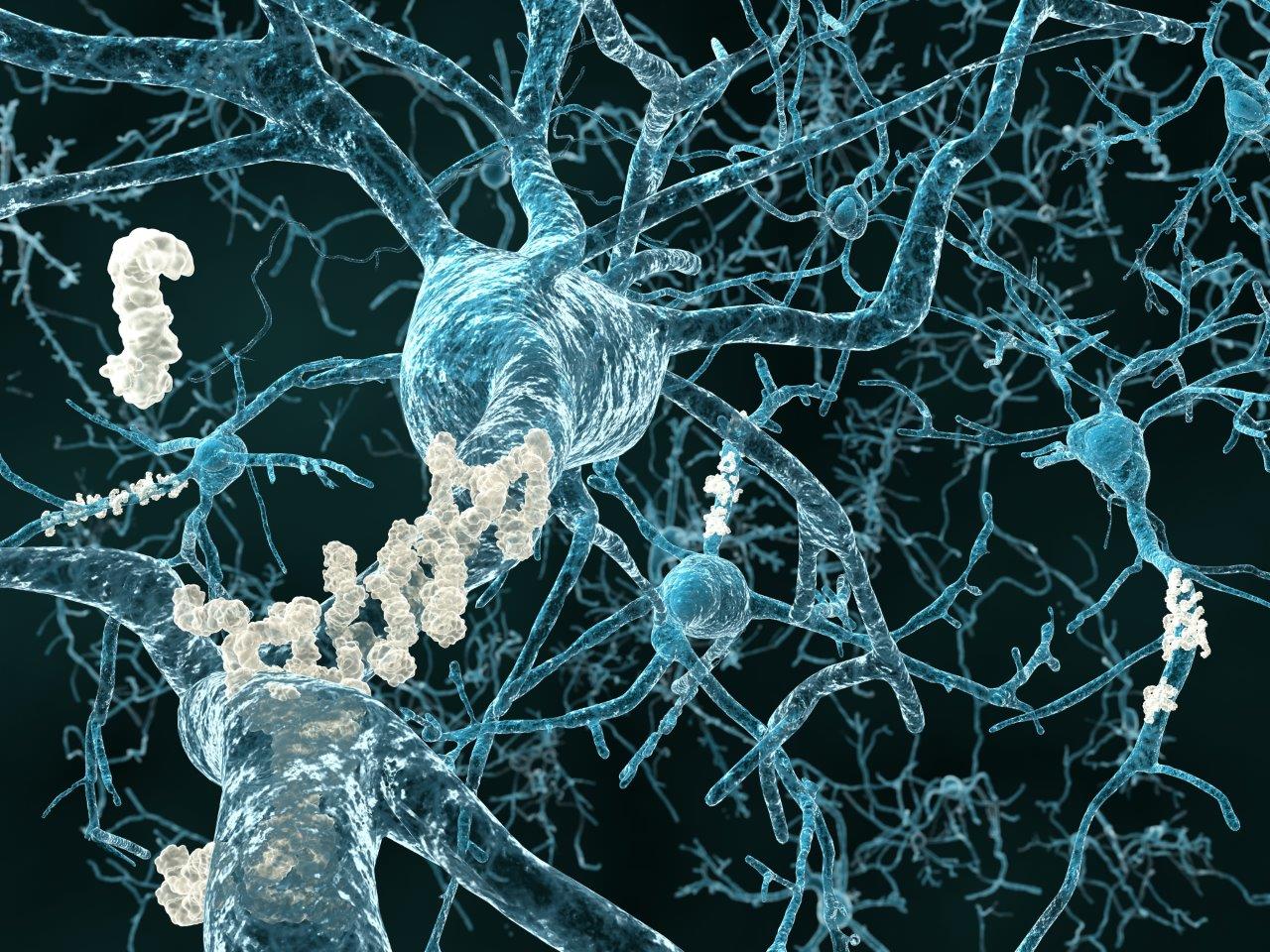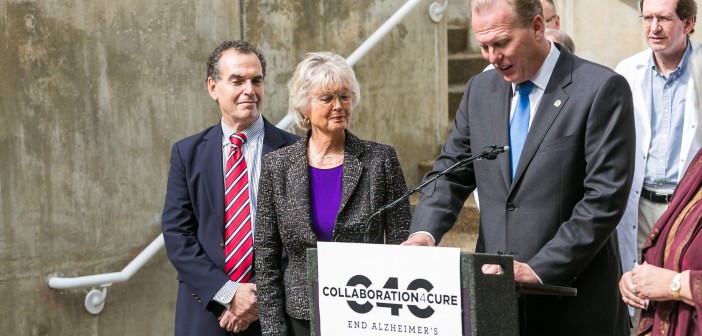What happens when scientists and artists connect? A powerful new exhibit at the San Diego Art Institute unites these seemingly separate worlds—attracting nearly 1,000 visitors to the show’s opening reception on Saturday, February 8.
Drawing from her lifelong love of science, curator Chi Essary paired 16 local artists with scientists from San Diego research institutions to create the show. LuLin Jiang, PhD, a neuroscientist at Sanford Burnham Prebys, was matched with Becky Guttin, an artist who specializes in sculpture, drawing, jewelry and more.
“This project interested me because of the many parallels between art and research,” says Jiang. “As a scientist, I’ve always seen my role as bringing an invisible truth to light. I also welcomed the opportunity to help more people connect to science that one day may have a positive impact on their life.”
The two met more than a year ago to discuss Jiang’s research into the underlying cause of Alzheimer’s disease. They had their work cut out for them: Jiang’s research takes her deep into the unseen realm of brain cells and molecules.
Guttin described the inspiration behind her piece.
“I read and reread my notes. I remembered hearing the words ‘dirt,’ ‘clean’ and ‘dust’ repeated, referring to beta amyloid accumulating in the brain,” says Guttin. “I realized that instead of buying new materials, I needed something that was not new but had dirty residues from past lives.”
Guttin focused on recycled plates from printing shops—their ink still visible. She contrasted the gray plates with fresh green grass and a branching, neuron-like tree, creating a stunning installation that is an allegory of Alzheimer’s in progress. Symbols of life, growth and degeneration are represented throughout.
The piece spoke to many individuals who attended the opening-night reception.
“Many people told me their personal stories about losing loved ones to Alzheimer’s disease and wondered if we will ever find a cure,” says Jiang. “This experience left me even more motivated to continue my research to find treatments for Alzheimer’s disease.”
The installation is on display in the Illumination exhibit until May 3, 2020. The show is free and open to the public.



